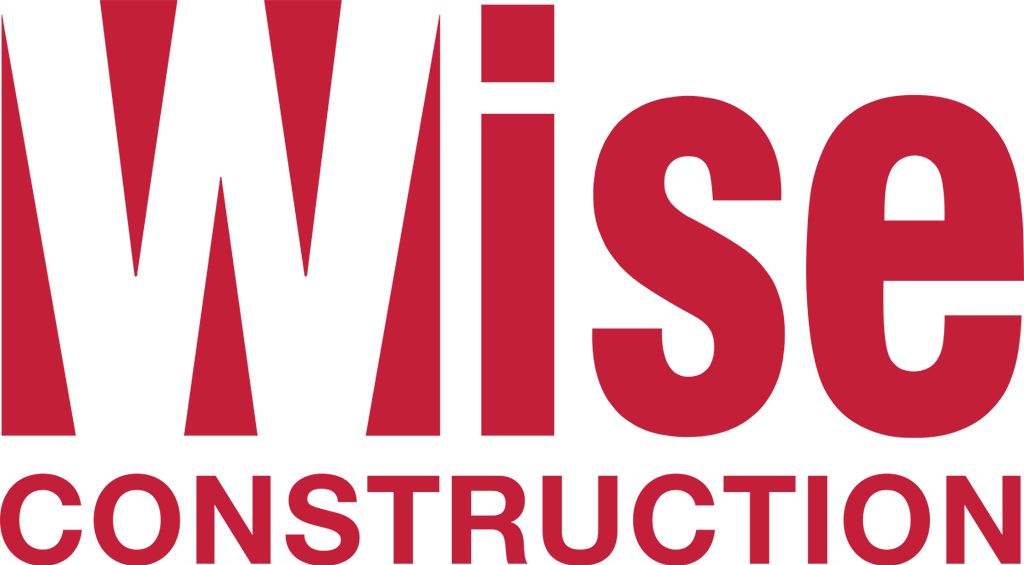The tightening of supply chains across multiple industries has run rampant over the past year. Without question, the construction industry is feeling a significant impact of these global material shortages. It seems lead times are being stretched out longer and longer while product costs are climbing higher and higher. While we do not know when all of this will begin to regulate, here at Wise we’ve developed a few approaches to help our clients navigate these turbulent times and keep their project schedules, and budgets, intact.
Current Supply Chain Disrupters
First, let’s understand why these supply chain issues are occurring in the first place. They appear to be caused by three primary drivers:
1. Iron Ore
Steel pricing is at an all-time high due to a current global shortage in iron ore combined with an unprecedented surge in manufacturing and construction. The raw material pricing is causing an increase in many areas of construction, including the following four areas we encounter frequently on a typical renovation project:
- Steel: the material required for structural reinforcement and dunnage platforms as well as rebar and decking has had cost escalation between 40% and 60%. We also are finding that we need to order steel two weeks earlier than usual.
- Light Gauge Framing: now has to be ordered four weeks in advance. While the pricing impact has been minimal, this product supply has run low. This product is typically stored and shelved in local warehouses, but due to localized surges in construction, its in-stock availability is scarce.
- Lab Casework: cost escalation of 50% for metal lab casework in shelving due to the domino effect of this supply chain issue.
- Ductwork: 10% cost escalation on ductwork material.
2. Natural Disasters
Not to mention the disruption COVID had already caused, a powerful hurricane season coupled with the Texas freeze has been disastrous for material supply coming out of Texas. This region is responsible for the production of the majority of all petrochem materials and the impact has had a strong ripple effect on the supply chain.
- Petroleum based: All petroleum based products, including flooring as well as waterproofing materials, are seeing a 15% to 20% cost escalation.
- Chemical Based:
- Cold Room Panels. These insulated panels are made with a foam material which originates in a Texas chemical plant which had a significant setback. This is causing a significant shortage in the availability of critical building materials for cold rooms.
- Plastics: Manufacturers are seeing a shortage of plastic packaging which in turn impacts the production and distribution process.
- Epoxy tops: One of the premier suppliers for epoxy tops for lab casework has also been greatly impacted. We are seeing inconsistent and unreliable lead times, and are planning up to 20 weeks for the procurement of this material.
- Carpeting: Mills fabricating carpet from petroleum-based fibers are experiencing material shortages and 4-5% cost escalation.
3. Commodity Materials
Products that were at one time always “in-stock” and waiting on the shelves now take up to four weeks to procure. The surge in commercial and residential construction starts coupled with COVID shutdowns has put a tremendous strain on commodity materials. We are building in lead times for these products as we plan out procurement for our projects. The impacted materials include:
- Drywall, Durock, Accessories (3 to 5 week lead time)
- Copper and any type of wiring (up to 20% cost escalation)
- Joint Compound
- Caulking
- Wood / lumber (tripled in price, and 6 to 8 week lead time)
- Concrete
- Insulation (6 to 8 week lead time)
Wise Supply Chain Solutions
Wise is proactively working with our clients, partners and vendors to minimize these supply chain issues on current and future projects. Our approach mitigates the impact to our clients and ensures they have the same level of certainty of outcome they have always been used to on their projects, despite market volatility.
Early Release
We are prioritizing our pricing and vendor engagement on the items we have identified above. We then make a timely recommendation to the owner to engage specific vendors on certain products within an identified timeframe. The cost risk is clearly identified and we manage the process to make sure deadlines are not missed.
Two critical measures we are taking:
- Lock-in pricing through certain dates: For all current pricing we are asking our subcontractors to list on their proposals specific dates when pricing is good through and what price increases are forecasted for identified materials. We also are including a clause in our subcontract that protects the owner from future cost increases on previously contracted materials.
- Stocking commodity materials: Wise is working with our partner supply companies to pre-purchase and reserve commodity materials for future Wise projects. This allows us to stay nimble, flexible and affordable on smaller scope, fast-track projects. Not only will the material be available quicker, but it will be available at the current lower cost.
There are more challenges to the market yet to come, especially as issues with labor shortages, land freight and cyberattacks continue to pick up momentum. We’re staying ahead with solutions that disrupt these supply chain disruptions and effectively protect our clients and their projects.

